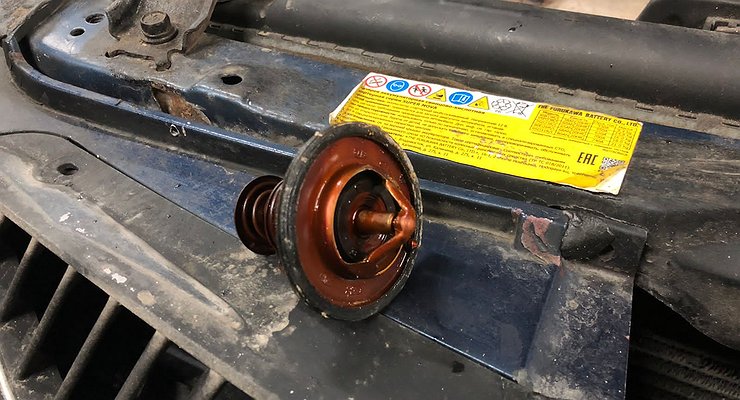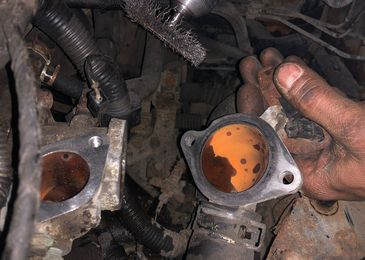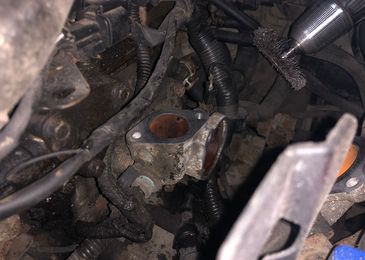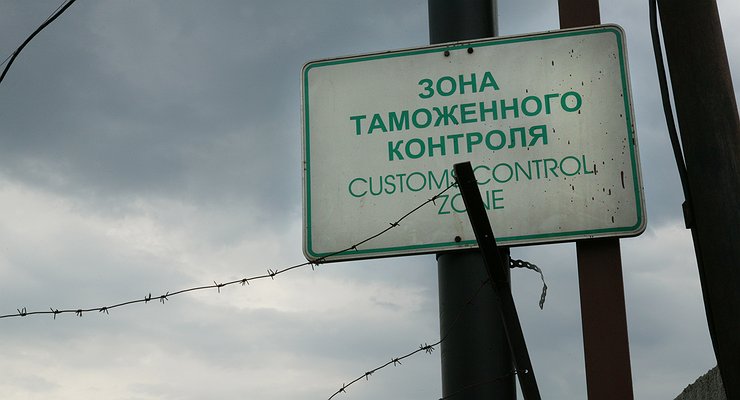The first thing that made itself felt was a long metal tube that ran along the rear wall of the engine and the engine shield: it just rotted into holes. Finding such a spare part was apparently not easy or expensive, so the fistula was sealed with cold welding, more water was added and the operation continued. The luck of replacement has already pleased us: the pipe has rotted to the state of foil, the plaster has fallen off, everything under the hood filled with antifreeze, which was reasonably replaced immediately after purchase.
A careful examination showed that time had not passed through the radiator either: it literally washed the asphalt with tears. To replace. But the stove, which in effect started our “showdowns”, didn’t begin to blow any heat. And for some reason, the engine constantly worked in warm-up mode, absorbing a large amount of fuel. The answer lies on the surface: the thermostat has outlived its usefulness.
And when we replaced it, we finally found out the real cause of the Mitsubishi Lancer’s misfortune: water had been trapped in the cooling system for years, leading to corrosion in all rust-prone elements. All the motorcycle cooling shirt available to the eye was red. About a miracle, it turns out that antifreeze also has anti-corrosion properties, nor does it precipitate, which will surely show up the moment H2O boils!
The conclusion is simple: savings on the cooling system, expressed in the use of the wrong composition – from water to antifreeze – ultimately leads to expensive repairs. And if yesterday it was possible to proudly say that, they say, I just buy a new one, today it is worth waiting a little with such rhetoric.















